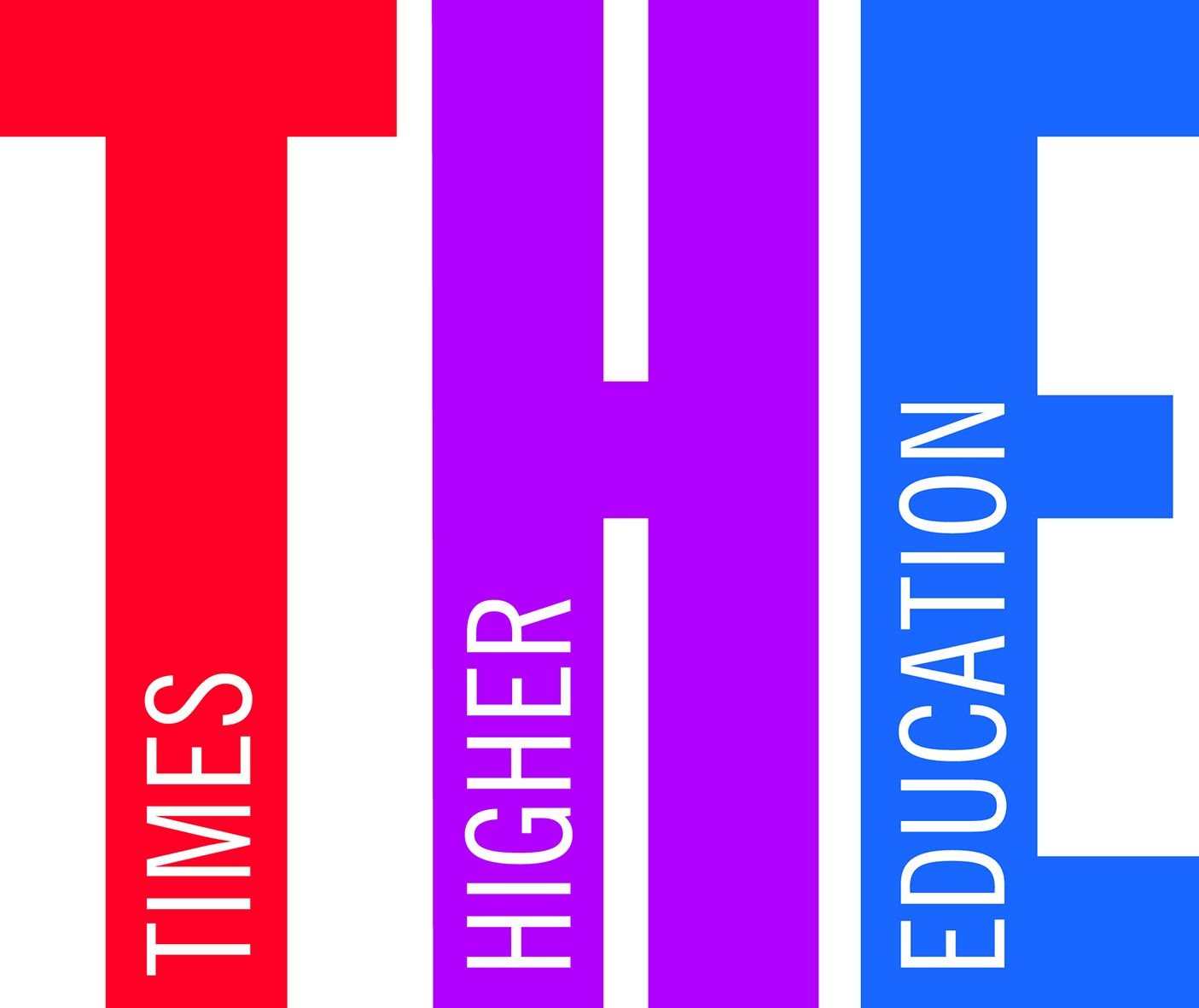You have /5 articles left.
Sign up for a free account or log in.
The anonymous marking of exam scripts has little impact on closing the achievement gap between students of different genders and ethnicities, new research suggests.
Many universities have introduced blind marking in recent years in response to the underperformance of undergraduates from ethnic minorities and male learners. Some researchers have suggested that lecturers may unwittingly rate students of similar gender or ethnicity higher than those who are different from them.
 But an analysis of nearly 32,000 student records spanning a 12-year period at one British higher education institution raises questions over the value of anonymous marking, while also suggesting that the achievement gaps between different types of students are not as large in reality as many assume.
But an analysis of nearly 32,000 student records spanning a 12-year period at one British higher education institution raises questions over the value of anonymous marking, while also suggesting that the achievement gaps between different types of students are not as large in reality as many assume.
Danny Hinton, lecturer in psychology at the University of Wolverhampton, and Helen Higson, deputy vice chancellor of Aston University, looked at the mean performance of students in exams and course work, which can be marked without knowing the identity of the learner, and oral assessments, which are impossible to mark blindly, across two groups. In the first group were students assessed before the institution introduced anonymous marking; in the second were students assessed after its introduction.
While the introduction of blind marking was associated with reductions in the attainment gaps between some groups of students, these tended to be very small, between 0.6 and 1.5 percent.
However, the attainment gap between white and Asian students in course work widened following the introduction of anonymous marking, by 0.3 percent.
Meanwhile, the gaps in performance between different types of students in oral examinations also narrowed over the same period, which could not be attributed to anonymous assessment.
Writing in the journal PLOS One, Hinton and Higson say that their findings suggest that anonymous marking has “done little to eliminate between-group mean performance differences.”
“Ethnic, gender and socio-environmental differences seem to be pervasive in academia, even after interventions aimed to reduce them,” they write.
Speaking to Times Higher Education, Hinton said the results could also reflect the possibility that the student population at the institution has become more able over time, or the introduction of the anonymous marking made staff more aware of unconscious bias in all their assessments.
“What we could be seeing here is that students are aware that their university is committed to fair treatment of all students and that is making them happier, and happier students are doing better,” Hinton said.
Hinton added that the data suggest that the differences in performance between diverse student groups are not as large as some may think.
The most striking difference in performance was between the examination marks of white and black students. “That was only about 5 percent, which is potentially important but not as bad as it could be,” he said.
The study suggests that blind marking does bring benefits, so universities should not abandon the practice, Hinton said.
But those considering introducing it should wait for more evidence before putting systems in place because there could be other more cost-effective ways of reducing performance gaps between student groups, he added.




